Its getting dry here
slowpoke_gardener
10 years ago
Related Stories

GREAT HOME PROJECTSConsidering Wallpaper? Here's How to Get Started
New project for a new year: Give your room a whole new look with the color, pattern and texture of a wall covering
Full Story
LIGHTINGReady to Install a Chandelier? Here's How to Get It Done
Go for a dramatic look or define a space in an open plan with a light fixture that’s a star
Full Story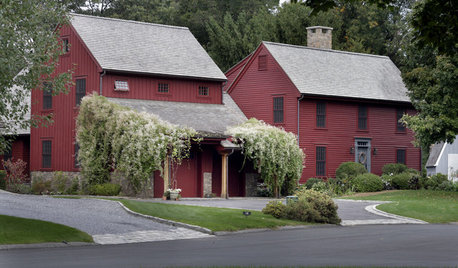
GREAT HOME PROJECTSReady to Repaint Your Home’s Exterior? Get Project Details Here
Boost curb appeal and prevent underlying damage by patching and repainting your home’s outer layer
Full Story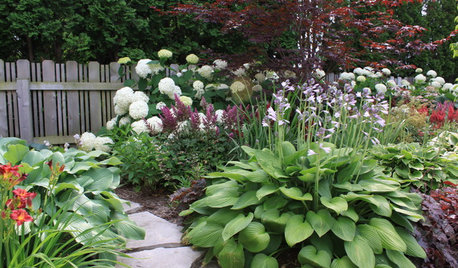
MOST POPULARSpring Gardens Are Blooming — Here’s What to Do in April
Get the guide you need for gardening in your U.S. region, with tasks, climate-appropriate plantings and more
Full Story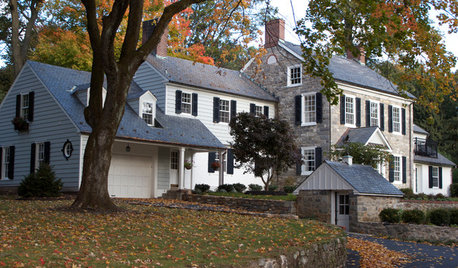
HOUSEKEEPINGIt’s Time to Clean Your Gutters — Here’s How
Follow these steps to care for your gutters so they can continue to protect your house
Full Story
KITCHEN CABINETSChoosing New Cabinets? Here’s What to Know Before You Shop
Get the scoop on kitchen and bathroom cabinet materials and construction methods to understand your options
Full Story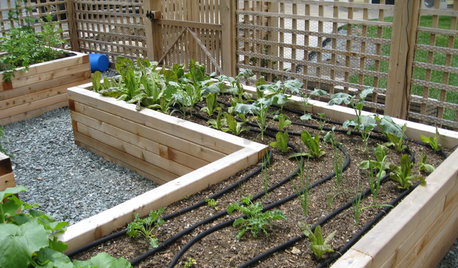
SPRING GARDENINGEnjoy the Peak of Spring Gardening — Here’s What to Do in May
Bid the frost farewell and treasure the blooms. No matter what U.S. region you’re in, one of these guides will help your garden flourish
Full Story
DECLUTTERINGGet It Done: Clean Out Your Bedroom Closet
You can do it. Sort, purge, clean — and luxuriate in all the extra space you’ll gain — with this motivating, practical how-to
Full Story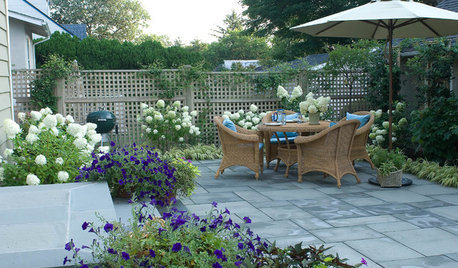
GARDENING AND LANDSCAPINGGet It Done: Clean and Prep the Patio
Haul out the hose and bid cobwebs farewell. It's time to renew your outdoor room for relaxing, dining and entertaining
Full StoryMore Discussions






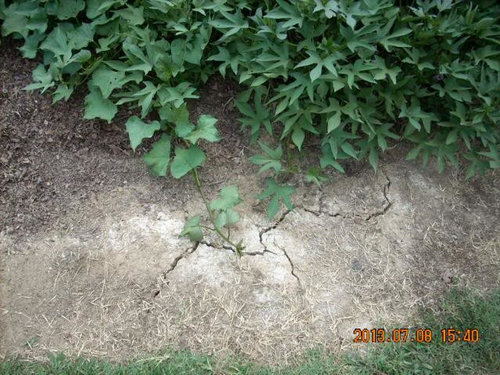
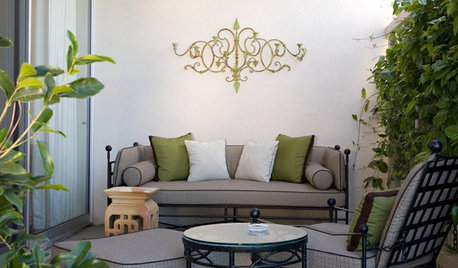
oldbusy1
helenh
Related Professionals
Kapaa Landscape Architects & Landscape Designers · Prairie Ridge Landscape Architects & Landscape Designers · Wareham Landscape Architects & Landscape Designers · Jackson Landscape Contractors · Milford Landscape Contractors · Edmond Landscape Contractors · Chesapeake Ranch Estates Landscape Contractors · Dallas Landscape Contractors · Hayward Landscape Contractors · Mastic Beach Landscape Contractors · Wareham Landscape Contractors · Wells Landscape Contractors · Diamond Bar Decks, Patios & Outdoor Enclosures · Hampton Bays Decks, Patios & Outdoor Enclosures · Sun Lakes Decks, Patios & Outdoor EnclosuresOkiedawn OK Zone 7
mulberryknob
Okiedawn OK Zone 7
lat0403
slowpoke_gardenerOriginal Author
lat0403
slowpoke_gardenerOriginal Author
helenh
slowpoke_gardenerOriginal Author
Okiedawn OK Zone 7